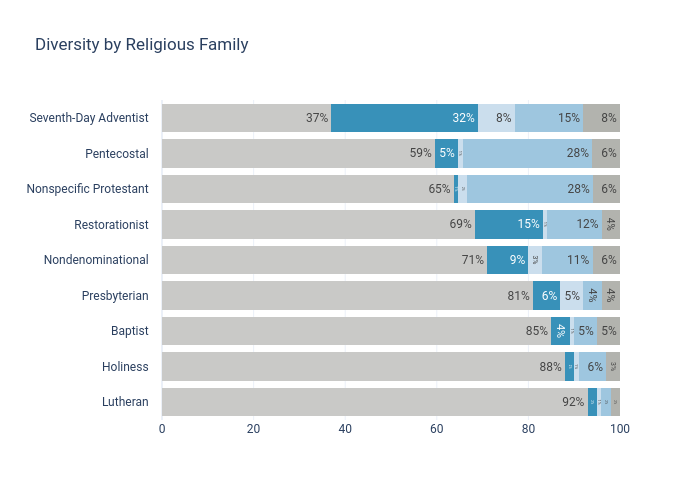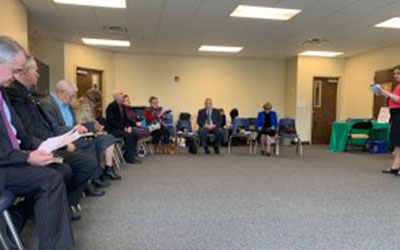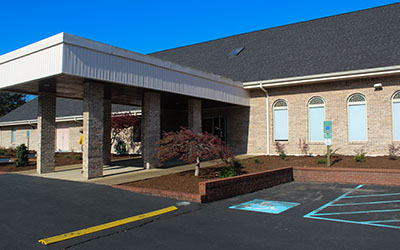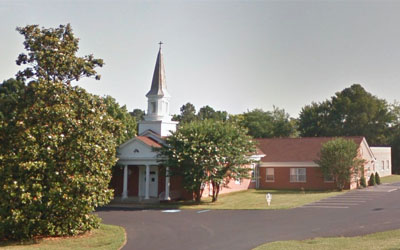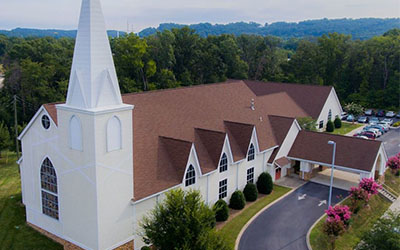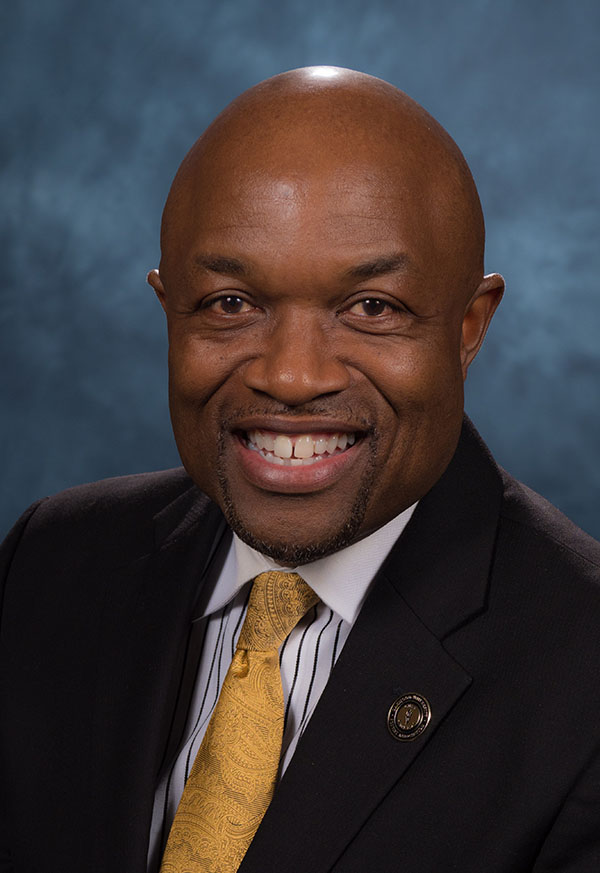One of the ways in which the Seventh-day Adventist church has expanded and nurtured upcoming generations is through its educational institutions. In 1999, enrollment in Seventh-day Adventist schools collectively surpassed one million students, with more than 8,000 Seventh-day Adventist schools worldwide. The United States alone is home to 12 Seventh-day Adventist colleges and universities.
Seventh-day Adventist Colleges and Universities
Seventh-day Adventist higher education institutions in the US with demographics listed. Created by Southern Interactive Journalism student Zailin Pena
One of the 12 is Southern Adventist University, located in the small town of Collegedale, which houses about 3,000 students. Southern’s history, especially concerning race relations, is complex and complicated, but as of 2019, it has been ranked the third most diverse university in the South, according to the U.S World News Report.
Southern Adventist University Demographic Tour
Virtual Tour of the promenade at Southern Adventist University, including ethinc breakdown of departments represented, created by Southern Interactive Journalism student Paola Mora Zepeda
Congregants may worship in Spanish, Korean, Russian or French, depending on what church they attend. Chattanooga also is home to predominantly African-American and white congregations that offer vastly different worship experiences.
To bring such variety to light, each person on our Interactive Journalism team chose one church to visit, exploring various themes, including generational age gaps, language barriers, family-style worships and multicultural worship settings.
Some of the churches were bursting at the seams. One such congregation is Su Casa Seventh-day Adventist Church in Collegedale, a church with 230 members representing over 20 nationalities. As one of several Hispanic SDA churches in the greater Chattanooga area, the congregation has outgrown its current edifice and recently embarked on a fundraising campaign to expand at the location.
Other SDA congregations are still in the early stages of development, attracting members and visitors who share their cultural background, as well as visitors willing to experience something new.
One student, Hannah D’Avanzo, described worshiping with members of the Slavic International Mission Group Maranatha, a small congregation composed of Russians, Ukrainians, and Romanians.
"Attending the church for a class assignment, it wasn’t like I could just slip in the back pew and sneak out before it was done, as there were only 14 people other than me in attendance," D’Avanzo wrote. "I had to be equally a part of the service not understanding a word they were saying, while at the same time entertaining some kind, yet curious stares."
I started looking for the beauty in the service I was attending; and, surprisingly, this small change in mindset changed my whole experience.
"Once I sat down, the pastor addressed me in front of the group and said something along the lines of, 'Sorry, we only speak Russian here and do not have a translator,'" she continued. "I awkwardly said, 'It’s okay,' while feeling very out of my comfort zone."
However, as the service progressed, D’Avanzo said, she began to embrace the moment.
"Finally, I started looking for beauty in the service; and surprisingly, this small change in mindset changed my whole experience," she wrote. "First off, I realized one thing in particular that made me respect this group of worshippers. Russia and Ukraine have had a long history of conflicts with each other, yet these members worshipped in peace and harmony. There, in that worship service, none of that mattered."
